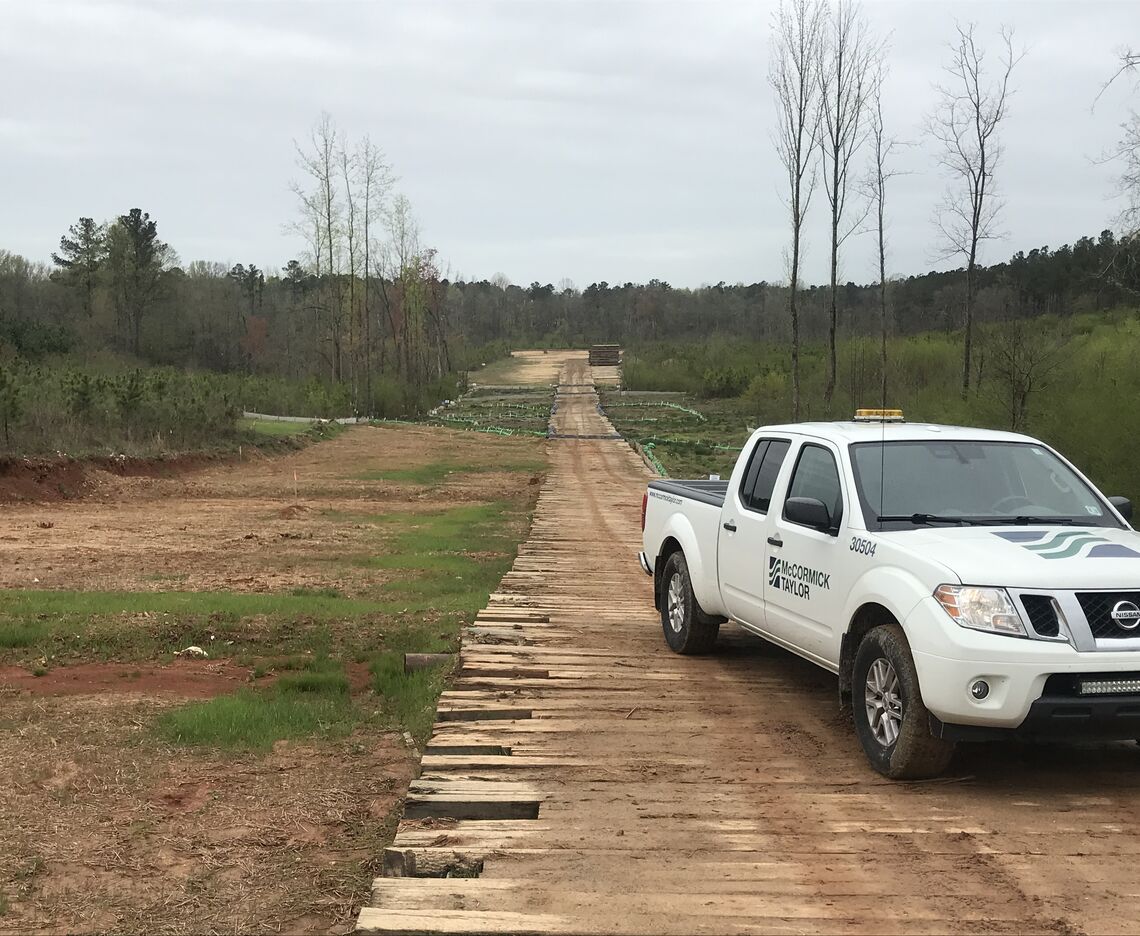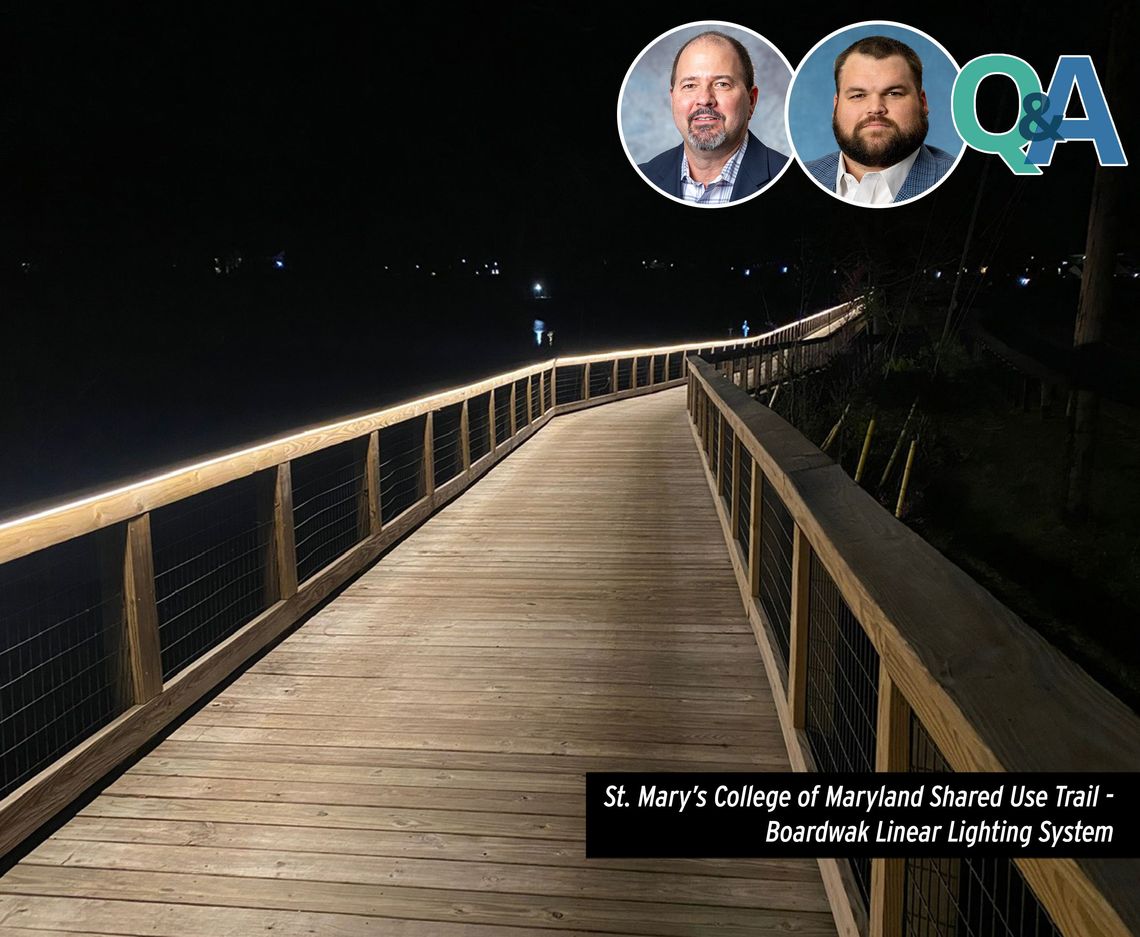
ASK A PROJECT MANAGER – LIGHTING DESIGN
While lighting design may not be the first thing you think about when considering transportation infrastructure projects, it is essential in many circumstances to provide safety for facility users. Good lighting design provides an appropriate level of illumination for motorists, pedestrians, and other users to ensure they can safely navigate their way. Lighting can also provide an element of design that enhances an area and creates a more attractive environment. McCormick Taylor’s in-house Lighting Design Team has decades of experience. They have a deep understanding of the design considerations, associated challenges, and industry advancements in lighting design. To learn more, we interviewed Christopher Gorski, LC, Manager, ITS and Lighting, and Charles Gushue, P.E., Senior Traffic and Lighting Engineer. Read below to see what Chris and Charles shared about their experiences.
ABOUT OUR TEAM - CHRISTOPHER GORSKI, LC
How did you get started doing lighting design?
I was exposed to lighting design with my prior experience in the 1990’s as a maintenance technician and electrician. I often designed lighting for residential, commercial, and institutional facilities such as churches and schools and employed various new advances in lighting control system technologies which enhanced efficiency and made lighting systems easier to operate and maintain.
Can you tell us about the team?
Our experienced Lighting Team of designers and engineers are located in PA, NJ, DE, MD, and FL and have provided services to clients throughout the Mid-Atlantic and Southern United States for many years. We provide high-quality designs with a thorough understanding of the fundamentals of engineering, as it relates to lighting, and also from a maintenance perspective. We put an emphasis on a client’s long-term maintenance commitment to design systems that have low operating costs, are easy to service, and minimize the number of lighting assets. Additionally, we provide lighting evaluations for local municipalities and state DOT Highway Occupancy Permit and review contracts.
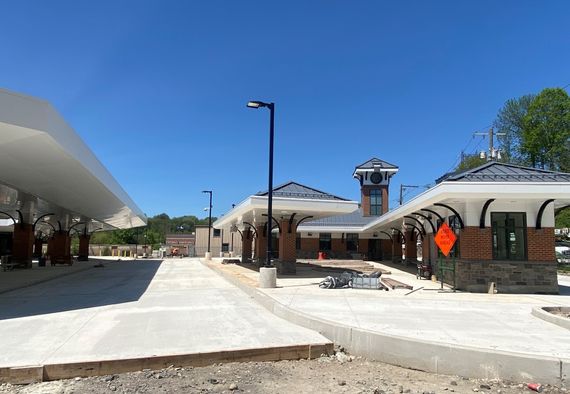
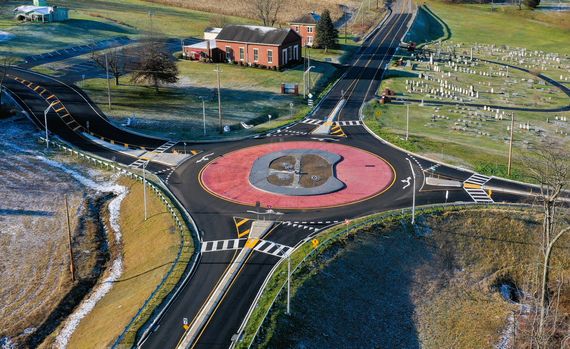
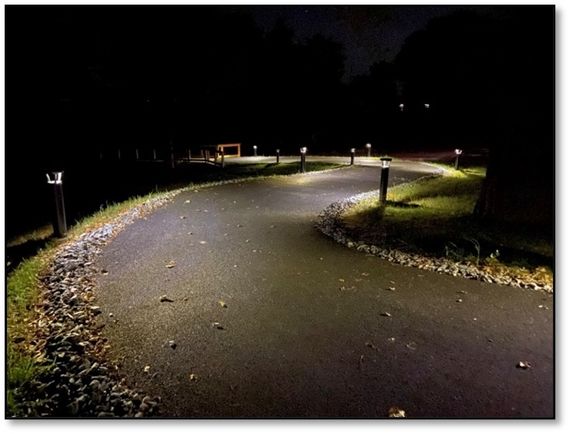
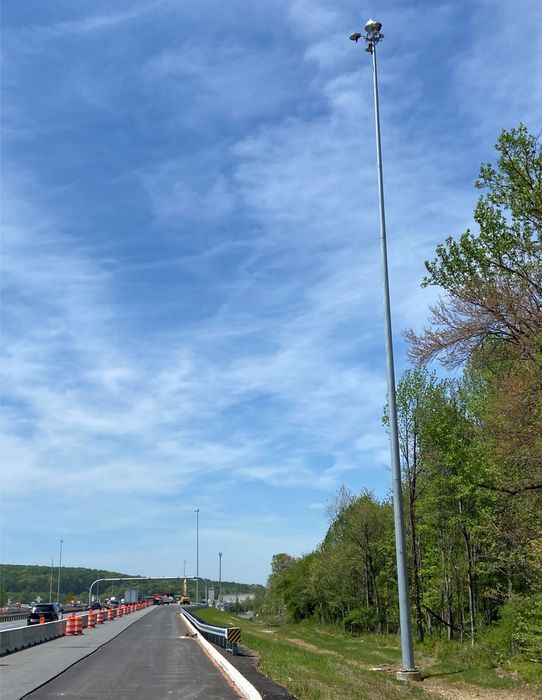
LIGHTING DESIGN CONSIDERATIONS & INNOVATIONS - CHARLES GUSHUE, PE
What are some of the basic lighting design considerations?
The type of lighting that would function the best for the task, while also having aesthetics in mind. For example, a shared-use path for pedestrians and bicyclist could utilize a decorative lighting pole at a shorter height, maybe 12-16 feet tall, compared a roadway “cobra head” luminaire, at 30-35 feet tall; which, although could light the same pathway, it would not be as inviting, or fit in with the surrounding urban architecture.
How has LED technology changed lighting design?
LED technology has given us the ability to light more with less energy. With each year, the lumens per wattage in LED technology continues to exponentially get more efficient which allows us to light a roadway at a lesser cost to the owner and provide better optical distributions on the roadway.
Are there applications for solar technology?
Solar technology is right around the corner but not quite there yet when it comes to roadway lighting for most DOTs on limited access or arterial roadways. However, there are some applications where solar technology has advanced. Parking lot lighting is a good example. For many applications, if power is not easily obtainable, lights can be dimmed if there’s no presence detected, or automatically set back after a certain hour. With dimming, the use of Lithium-Ion batteries and higher efficacy LEDs, a luminaire can have plenty of battery life to last throughout the overnight hours. Another application is obstruction lighting. We are currently working on a project (CSVT Southern Section Connector) in a remote location that requires FAA obstruction lighting on Type A guide signs, and the client selected solar powered obstruction lighting since it saved them 10 times the amount of cost to construct verses running hard wire to these locations.
LIGHTING SUSTAINABILITY - CHRISTOPHER GORSKI, LC
How do changes in technology affect clients and communities and the need for maintenance? Maintenance has always been near-and-dear to my heart, since this was my first venture into a trades-related career before college; and throughout my career in the transportation industry. We have seen significant changes in the type of light source that not only provide higher energy efficiency, but also provide decreased maintenance costs. With the advent of LEDs—and their significant improvements over the last 15+ years—there is less need for relamping of lighting fixtures. Or, as we call them in the industry, luminaires. Older roadway luminaire technologies used high-intensity-discharge lamps which required more frequent replacement of lamps/ballasts and cleaning of lenses. With LED, the service life of the luminaire is projected to easily last 20 years. This is a huge plus, when you often have to close a lane of traffic to service lighting systems. So, longer periods between servicing are a definite cost saver and minimizes traffic delay and disruption to the community and increases safety for maintenance forces.

